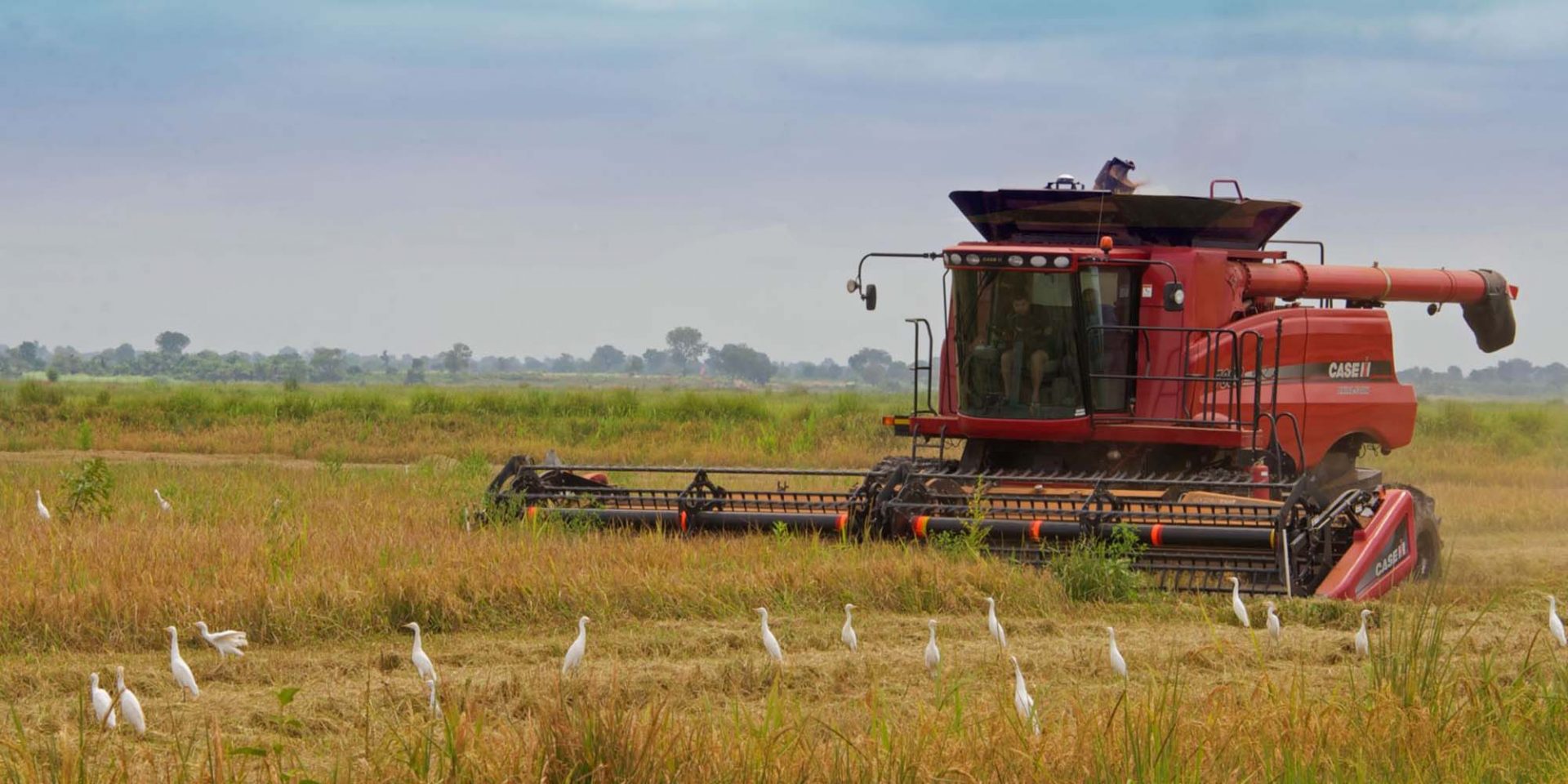What’s the impact of our financial services portfolio?
The financial services sector is a key part of a thriving economy and critical for development. It facilitates payments, ensures savers have somewhere safe to keep their money, and provides direct capital to enterprises that need it. At BII, financial services is one of our priority sectors. In 2022, a quarter of our commitments went into financial services.
Driving impact in our financial services portfolio
To ensure that our approach to driving impact is based on evidence and research, we strive to understand how the financial institutions we invest in are impacting households, businesses and economies. Through our FCDO-BII Evaluation and Learning Programme, FCDO is conducting an independent, multi-year evaluation of our financial services portfolio, which is helping us to strengthen the evidence base underpinning our approach.
The evaluation began with a portfolio-wide analysis, published in 2021, which concluded that most of our investments were on track to deliver their intended impact. It also highlighted areas where we could strengthen our approach to assessing development impact, which we have carefully considered. Earlier this year we shared an updated management response to explain how we have shifted our strategy in the sector in light of the evaluation findings.
Another outcome of the initial portfolio-wide analysis was to highlight several areas for deeper analysis through primary, case study research. The areas included microfinance, micro-, small- and medium-sized enterprise (MSME) finance, financial tech, and trade finance. We now welcome the publication of three case studies examining our investments into three of these important themes:
- Arohan Financial Services, a microfinance institution providing loans to underserved groups in India, particularly women.
- DPO, a payment service provider facilitating digital payments for small businesses in Africa.
- NMB Bank Limited, a leading Nepalese commercial bank and key provider of finance to micro, small and medium enterprises (MSMEs).
Our Arohan and DPO investments were made through intermediary funds. Aavishkaar Goodwell India Microfinance Development Company II (AGIMDC II) used BII financing to invest in Arohan in 2012, while Apis Growth Fund I invested in DPO in 2016. We invested into NMB directly in 2019, providing the bank with a three-year loan.
What can we learn from the new case studies?
The Arohan case study found evidence that our investment enabled the AGIMDC II fund to achieve scale and take on greater risk – and that the fund’s investment in Arohan provided a lifeline when the broader microfinance industry in India was in crisis. A survey of 1,139 borrowers indicated high levels of borrower satisfaction with Arohan’s loan products, disbursement and collection processes, with respondents reporting positive impacts on sales, liquidity, profitability and savings.
The DPO case study found evidence of our investment helping a first-time fund manager to achieve scale, attract commercial capital, and strengthen its ESG systems and processes. It also found that Apis’ investment in DPO enabled it to expand into new markets. A survey of DPO’s business customers highlights the positive impact of DPO’s digital payments service on their sales growth, business profitability, security and convenience.
The NMB case study found evidence that the Bank reached MSMEs effectively, particularly in rural areas, due to its pre-existing scale, physical presence, and customer service quality. Our investment helped to increase the volume of capital the Bank could provide, in particular by alleviating critical liquidity shortages through the provision of foreign currency. A survey of NMB’s borrowers found evidence of positive impacts on the MSMEs receiving financing, although this was affected by the COVID-19 pandemic.
Each case study also contains a number of key takeaways and lessons learnt from the studied investments, which our Financial Services team will consider carefully for their relevance to future investments. Two further case studies are in progress, and we will use all findings and recommendations raised across the five reports to inform our future portfolio management and investment decisions.






